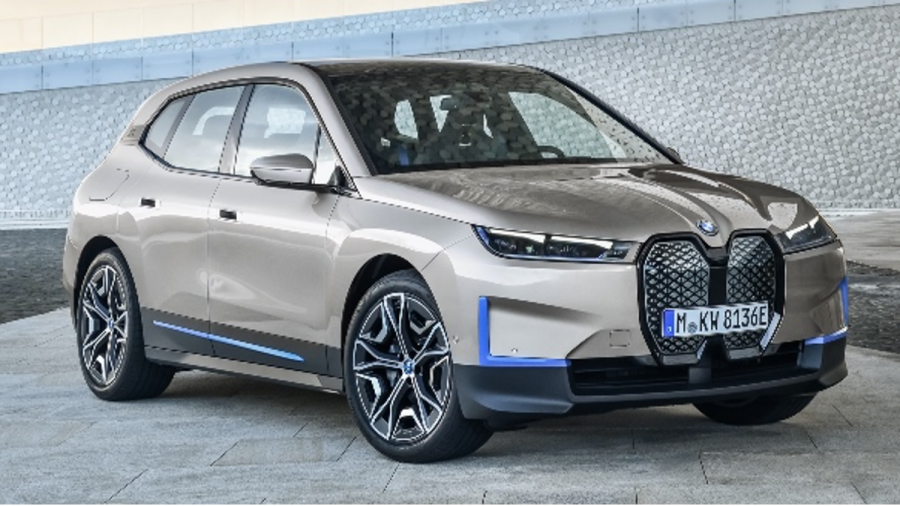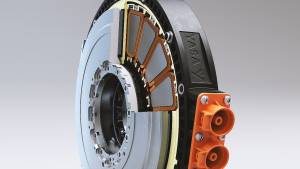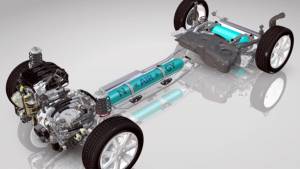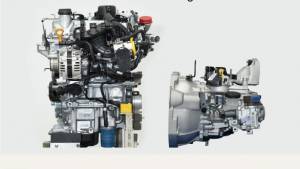Simple tech: EV chassis design
Electric vehicles are slowly closing in on fossil fuelled vehicles in terms of practicality and range, however there is still much ground to cover. Designers try to eke out every bit of juice from its components like battery and electric motors to maximise its performance in every aspect. One more important area that EV manufacturers have started to look into is chassis design. An EV's chassis, for obvious reasons, needs to be strong to protect its occupants in case of crash and rigid enough to resist torsional vibration which is the twisting force on the chassis due to loading and road conditions.
Additionally, an EV's chassis should be able to lug around heavy battery pack safely throughout its service life. On the other hand it needs to be light weight to save on overall weight which effects performance and efficiency. The latter aspect is of great importance since limited electric juice stored in onboard battery pack needs to be used in the best possible way. The heavier the chassis, the lesser the capacity battery pack it can carry for a given electric motor. This will surely reduce range, passenger/luggage carrying capacity and EV will apparently be of no use. Also, choice of materials used should be such that it should do all the above discussed job without being overwhelmingly expensive, just like the lithium-ion battery packs onboard.

So what makes EVs' chassis design different from current crop of fossil fuelled examples?
Conventional chassis design as we have come to know now consists of ladder-frame design and/or more modern monocoque design. Despite their fundamental dissimilarities, what brings them together is the fact that they are designed to house myriad of components like IC engine, gearbox, transmission shaft, axle, fuel tank, brake, exhaust ducting and clutch piping and what not. Also, they were designed to not only bear punishment and vibration thrown at them from the road, but also from naturally imbalanced internal combustion engine (ICE) that is bolted onto them. Not to forget the fast rotating transmission parts like gearbox, transfer shafts, differential, couplings were adding to this. A badly designed chassis would transfer all the vibration to the passenger cabin, thus making any journey uncomfortable. Thus these chassis are strong and rigid enough to take all this abuse and have special vibration dampening resilient mountings welded onto them for various components, which adds up their weight and cost as well.
EVs don't need such a design simply because there are no vibration-producing components here. Batteries and control electronics are stationary and only rotating component is the electric motor with just one rotating part which is called rotor. Thus it is one of the smoothest engines in the world. Thus there is no need for expensive resilient fixtures on the chassis to cater that. So the chassis needs to be strong and rigid, but much more simpler in design.
Thus manufacturers have come up with various designs, the most popular among them being the one with modular skateboard design. As the name suggests, this design looks like a skateboard, where two side beams run parallel to form big central flat section in between which normally houses the battery pack. Then these beams extend front and rear to carry electric motor along with their control electronics for one or either axle or wheels. Also, these extensions will be carrying suspension and steering (forward part) mountings and also fixtures for carrying wirings to and from batteries and electric motor. Front and rear crumple zones are also located on these extensions.
One major advantage being that it can carry large battery packs much lower down within the centre of the chassis which lowers the centre of gravity. This aids in handling and stability of the vehicle and spreads even traction on all wheels. Also, this design conceals the battery pack within the rigid side beams of the chassis for better crash protection. This chassis essentially carries almost all of the propulsion system upon itself which frees up space inside cabin for passenger and luggage.
For engineers, this design helps make maintenance easier and thus cheaper. Since this is a modular design, it can be used in multiple models across the range, thus making entire line-up cheaper to manufacture. Materials for main frame can range from carbon-fibre to alloys of aluminium/zinc/magnesium depending on cost and usage. Interestingly, everywhere else technology is moving towards lighter but expensive products. Here however, many start-ups and even traditional manufacturers have reverted back to steel owing to its availability and cost.
Speaking of which, such a chassis design has also led start-ups to enter the EV space as its technology and materials are easier to procure and manufacture, without requiring large manufacturing facilities and installations that only traditional manufacturers posses. Which is evident from flooding of start-ups like Okinawa, Ola Electric, Ather Energy etc into this space. Traditional auto companies like Tata Motors, Mahindra, Hyundai, MG Motors, Bajaj Auto, Hero Motors, etc have also joined the bandwagon either by themselves or through their subsidiaries which is a good thing for us consumers.












